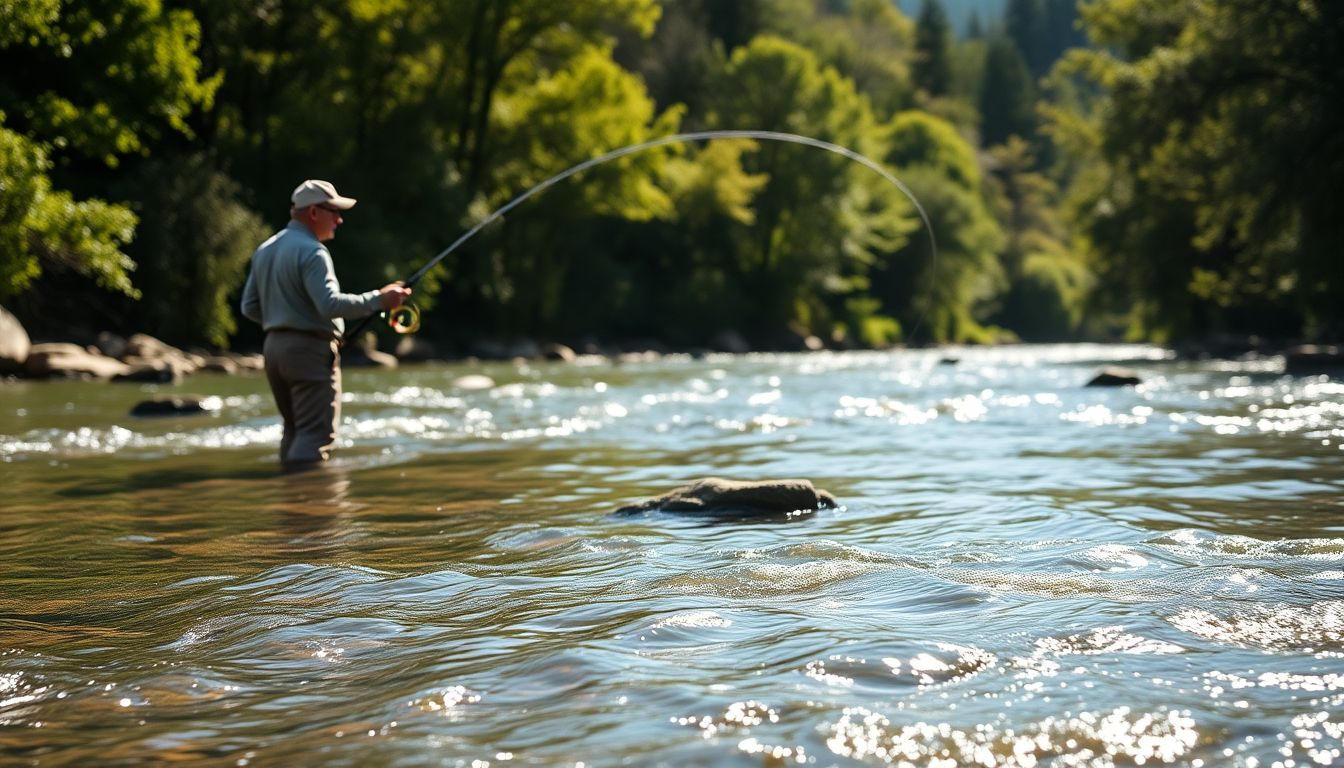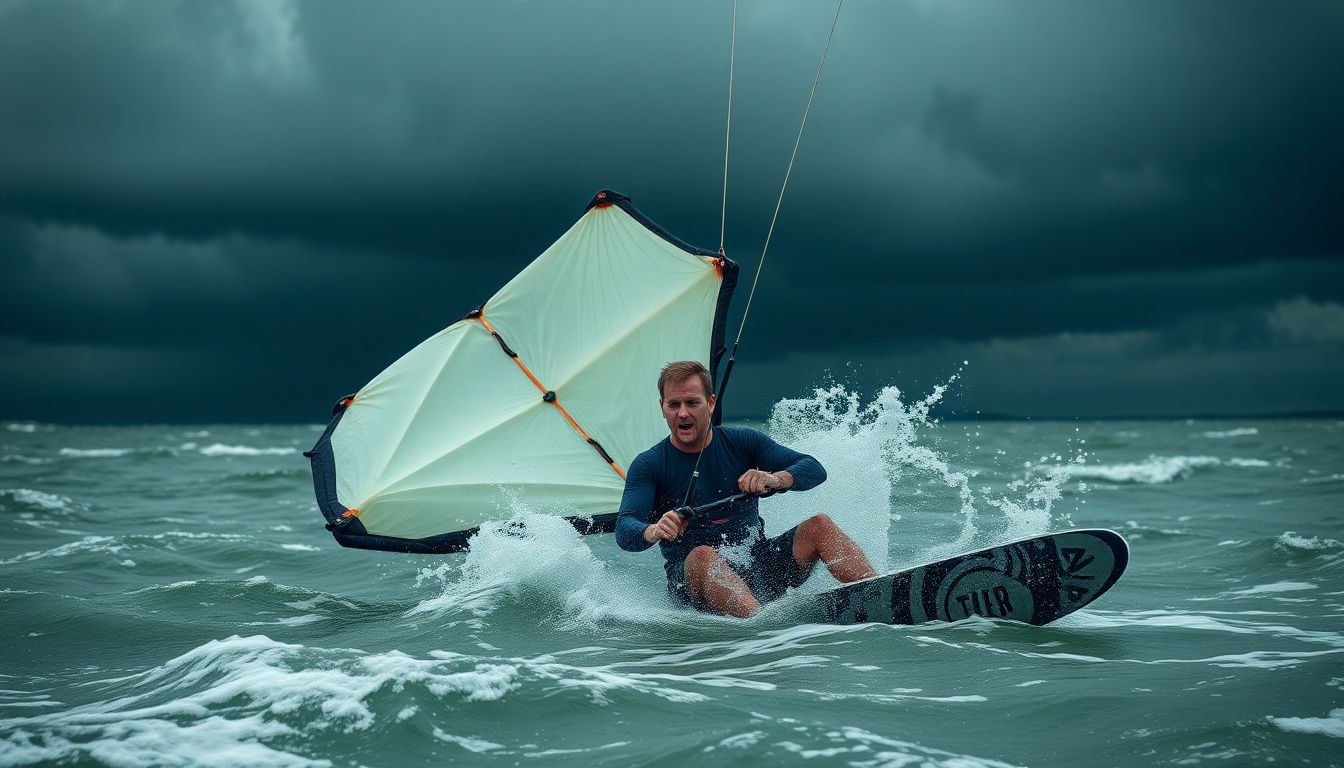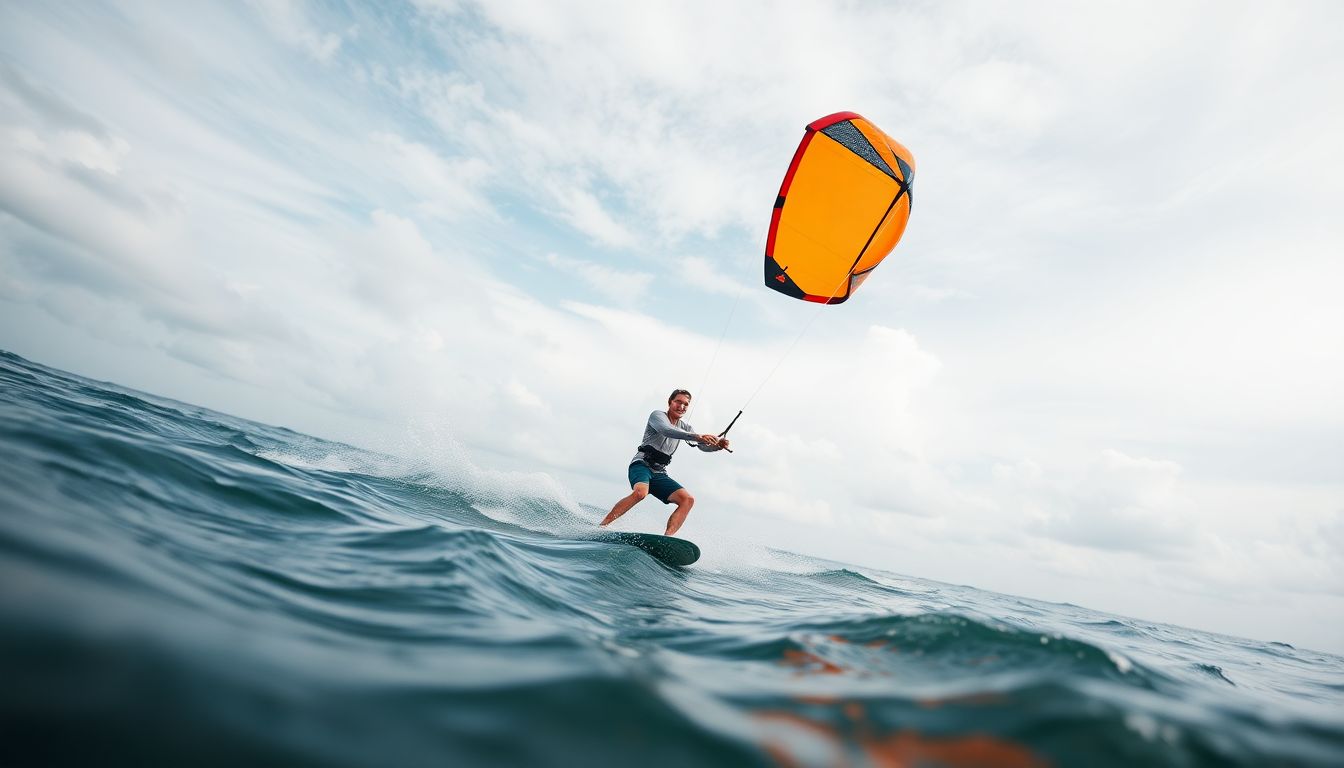Introduction: The Allure and Challenge of Fly Fishing
Fly fishing captivates many people. The beauty of casting a line into clear water while surrounded by nature brings joy to countless anglers. However, the question remains: is fly fishing hard? While it can be challenging, it’s an art that anyone can learn with patience and practice. This guide is designed to help beginners understand the basics of fly fishing, from the intricacies of casting to the essential knots necessary for a successful catch.
[For the BEST book on fly fishing, see here.]
What is Fly Fishing? Understanding the Fundamentals
The Unique Approach: Imitating Nature’s Prey
Fly fishing is an angling method that uses artificial flies to catch fish. Unlike other fishing techniques that rely on bait, the aim here is to imitate insects and other creatures that fish love to eat. This method requires finesse and a good understanding of the environment, making it distinct.
Essential Gear: Rods, Reels, Lines, and Flies
To get started, you’ll need a few crucial items:
- Rod: A fly rod is typically longer and more flexible than a standard fishing rod.
- Reel: A fly reel holds the line and helps control the fish once caught.
- Line: Fly line is heavy, allowing the angler to cast the lightweight fly.
- Flies: These are the artificial baits that imitate natural prey.
Types of Fly Fishing: Exploring Different Techniques
There are different types of fly fishing to try, including:
- Freshwater fly fishing: Usually involves lakes, rivers, and streams.
- Saltwater fly fishing: Takes place in oceans and estuaries.
These methods can differ in approach, but the core principles remain the same.
Mastering Fly Fishing Casting: Techniques and Tips
The Basic Fly Cast: Step-by-Step Guide
- Hold the Rod: Grip it with your dominant hand just above the reel.
- Backcast: Raise the rod back over your shoulder, letting the line extend behind you.
- Forward Cast: Bring the rod forward in a smooth motion, stopping when it’s in front of you.
- Let it Land: Allow the line to gently fall onto the water.
Common Casting Mistakes and How to Avoid Them
- Overcasting: This can lead to tangles. Focus on smooth motions.
- Poor Timing: Ensure your backcast and forward cast flow together.
- Incorrect Grip: A tight grip can cause tension. Keep it relaxed.
Advanced Casting Techniques: Roll Cast, Curve Cast, etc.
As you gain confidence, explore advanced techniques like the roll cast, which helps when there’s limited space behind you, or the curve cast, useful for placing your fly in tricky spots.
[Also see our article: Unexpected Fishing Gifts Your Partner Will Love].

Essential Fly Fishing Knots: Securing Your Success
The Improved Clinch Knot: A Versatile Choice
This knot is great for tying flies to the leader line. It’s simple and strong.
The Blood Knot: Joining Two Lines of Equal Diameter
Use this knot when connecting two lines. It’s crucial for making leaders.
The Surgeon’s Knot: Connecting Different Line Diameters
When you need to connect lines of different thicknesses, the surgeon’s knot is the go-to choice.
How Does Fly Fishing Work? The Science Behind the Sport
Understanding Water Currents and Fish Behavior
Knowing how water flows helps you find where fish hide. Look for current breaks or eddies.
Matching the Hatch: Selecting Appropriate Flies
Observing what insects are present can guide your choice of flies. This technique, known as “matching the hatch,” increases your chances of catching fish.
Reading the Water: Identifying Productive Fishing Spots
Pay attention to water depth and structure, like rocks and fallen trees, where fish commonly gather.
Is Fly Fishing Hard? Overcoming the Learning Curve
Start with Lessons: Professional Guidance Matters
Consider taking lessons from experienced anglers. They can teach you the basics and help avoid common mistakes.
Practice Makes Perfect: Consistent Effort is Key
Like any skill, the more you practice, the better you’ll become. Set aside regular time to cast and learn.
Join a Community: Learn from Experienced Anglers
Engaging with fellow anglers allows for shared experiences and tips, making the learning process more enjoyable.
Conclusion: Embracing the Journey of Fly Fishing
Key Takeaways: Patience, Practice, and Persistence
Fly fishing is not just about catching fish; it’s about the experience. Understanding the fundamentals takes time, but the rewards are worth it.
Resources for Continued Learning: Books, Websites, and Clubs
Explore books dedicated to fly fishing or join local clubs. Online forums can also be valuable for tips and advice.
The Rewards of Fly Fishing: Beyond the Catch
The tranquility and connection to nature make fly fishing a fulfilling hobby. Each cast presents an opportunity for excitement, learning, and personal growth in the great outdoors.








